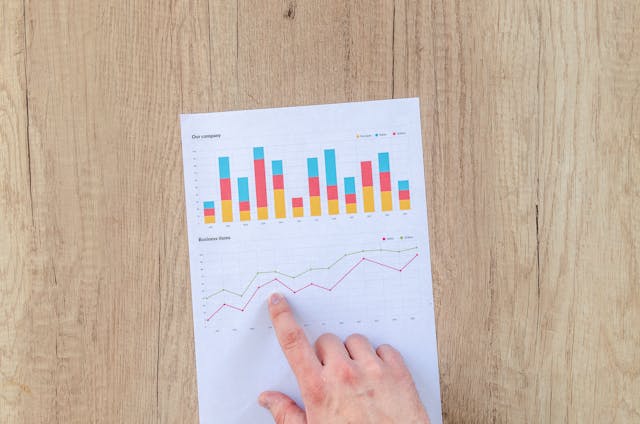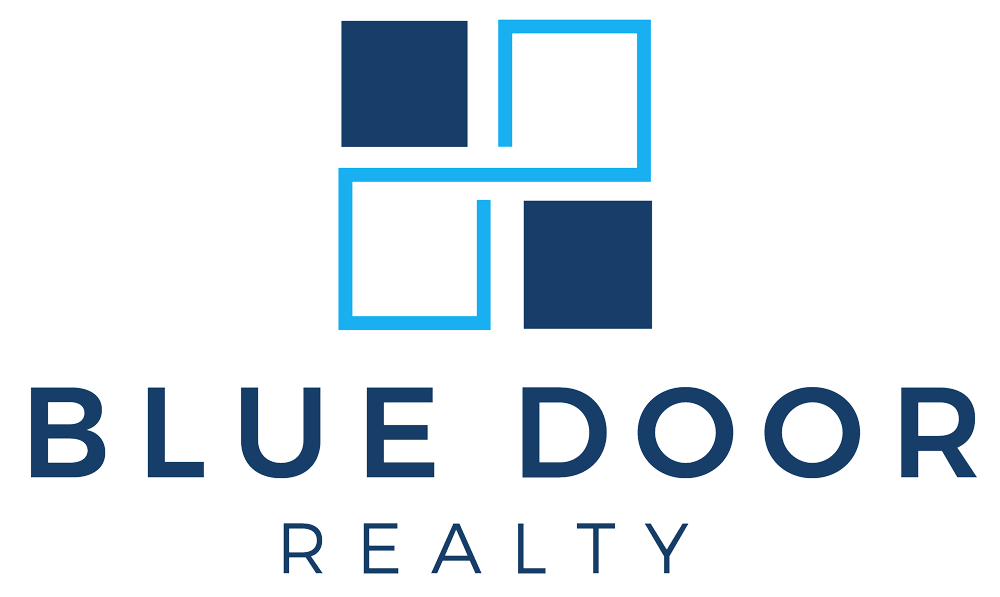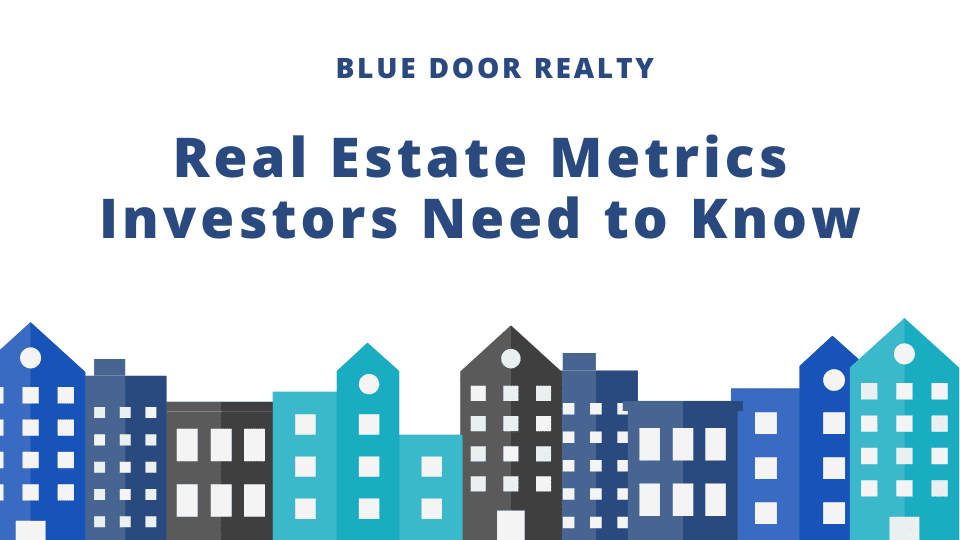All successful real estate investors know the path to success lies in understanding the right metrics. This knowledge allows them to make informed decisions which in turn leads to optimum ROI.
If you’re looking to invest in real estate, you need to track key performance indicators (KPIs), which will enable you to get valuable insights.
In today’s post by Blue Door Realty, we’ll walk you through the top real estate metrics you should be looking at for successful investing.
1. Return on Investment (ROI)
This metric measures the profitability relative to the acquisition costs, helping investors get insights into how profitable real estate investment is or is going to be.
In addition to profitability, ROI can also help you assess both the efficiency and the success of a particular investment venture. After all, one of the fundamentals of real estate investing lies in optimizing resources and seeking the best outcome for your hard-earned money
But, how do you calculate ROI?
Well, generally speaking, there are two formulas for calculating ROI depending on the type of investment sought after. If you’re looking to invest in a residential property, then the formula is: ROI = Net Profit/Investment Cost X 100.
- Net Profit – This refers to the income you get after deducting all of your expenses. Examples of expenses include mortgage payments, insurance, taxes, and maintenance costs.
- Investment Cost – This takes into account the initial purchase price plus all other extra expenses such as closing costs and improvements costs done to the property to get it ready.

If you’re looking to invest in a commercial property, then calculating ROI would follow the same principle. You would need to divide the Net Operating Income by the Investment Cost and then multiply by 100.
- Net Operating Income – This is the revenue a property generates after taking into account all the expenses. Examples of such expenses are things like property management fees, utilities, and maintenance.
- Investment Cost – This accounts for the total acquisition cost plus any other capital expenditures that are related to the property.
That said, ROI is just one of the many factors you should be looking at in the decision-making process. Other things you may need to focus on include location, market trends, and long-term growth potential.
2. Gross Yield
Also known as gross rental yield, gross yield is the total gross rent collected from a property compared to the property purchase price. The calculation of the gross rental yield is straightforward. It is simply the ratio between the total annual rental income and property cost.
To determine the percentage Gross Yield, you’ll need to divide the annual rental income by the property value and then multiply by 100.
For instance, suppose you make $20,000 in annual rental income and the property purchase price is $300,000. In this case, the Gross Yield would be $20,000/$300,000 X 100 = 6.7%.

This means that your rental property earns a rental income equal to 6.7% of the property’s purchase price. The higher the gross yield the more profitable the property is as an investment vehicle.
3. Net Yield
Also known as net rental yield, net yield compares the net operating income to the property’s asking price. An investment property can have a high gross yield but a not-so-good net yield because of many operating expenses.
To calculate the net yield, you’d need to subtract the annual expenses from the annual rental income and then divide the result by the property value. That is, Net Yield – (Annual Rental Income – Annual Expenses)/Property Value X 100.
The expenses to consider in this formula include things like maintenance costs, insurance, property taxes, and property management expenses.
Suppose that you’re making an annual income of, say, $20,000 and have annual expenses of $5,000. If supposing the value of the property is $350,000, then the net yield would be 4.3%. ($20,000-$5,000)/$350,000 X 100 = 4.3%.
4. Vacancy Rate
When looking to invest in a rental property, your profitability is hinged on its occupancy rate. In other words, if you fail to rent it out, then it simply means you won’t get paid, and vice versa.
To calculate the vacancy rate, you’d need to consider the number of vacant units over the total number of units. That is, Number of Unoccupied Units/Total Number of Units X 100.

Now, let’s suppose you have 5 vacant units out of a total of 25 units. In such a scenario, the vacancy rate would equate to 20 percent. As an investor, you should be wary of properties that have high vacancy rates. This could mean that the location or the property itself has issues.
A low vacancy rate, on the other hand, means there is a high potential for high cash flow.
5. Cash Flow Analysis
Cash flow means the money you have left over after subtracting all operating expenses from the rental income. It’s an indicator of whether a property is generating profit or losses.
Now, cash flow can either be positive or negative. Positive cash flow means the rental income exceeds the operating expenses. While, negative cash flow means you’re losing money, as expenses exceed the rental income.
It goes without saying that you should aim for investments with a positive cash flow. This will guarantee you financial stability, help you in portfolio diversification, and act as a buffer against unforeseen expenses.
Conclusion
While this list is in no way exhaustive, these real estate metrics are some of the best indicators of how good (or bad) an investment is. As a savvy investor, knowledge is key! It’s what will help you make informed decisions to identify lucrative opportunities, make well-informed decisions, and mitigate potential risks.
For expert help, then look no further than Blue Door Realty. Our professional team can help with any of your real estate needs in New Mexico and the surrounding areas. Get in touch today to learn more!

